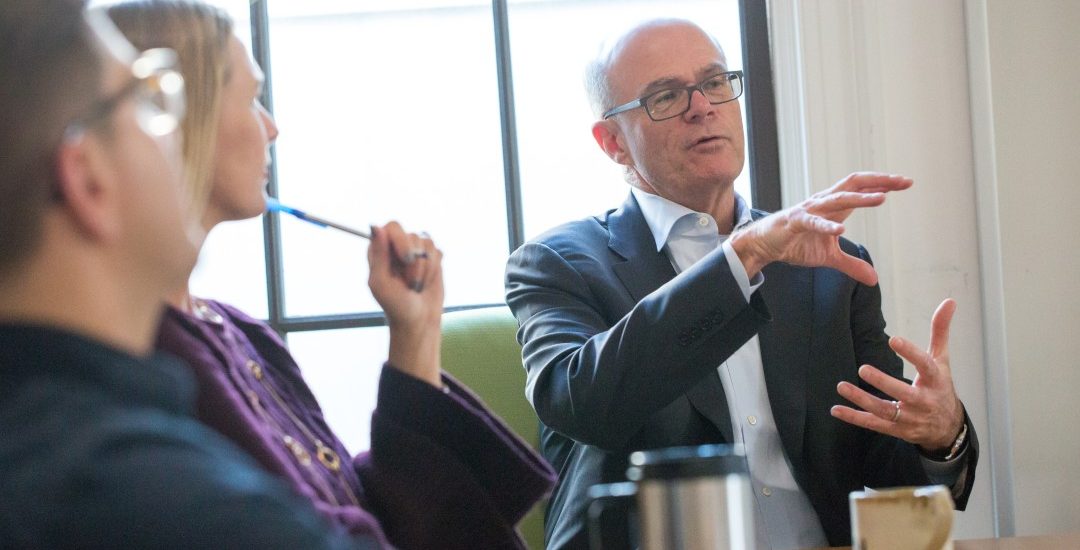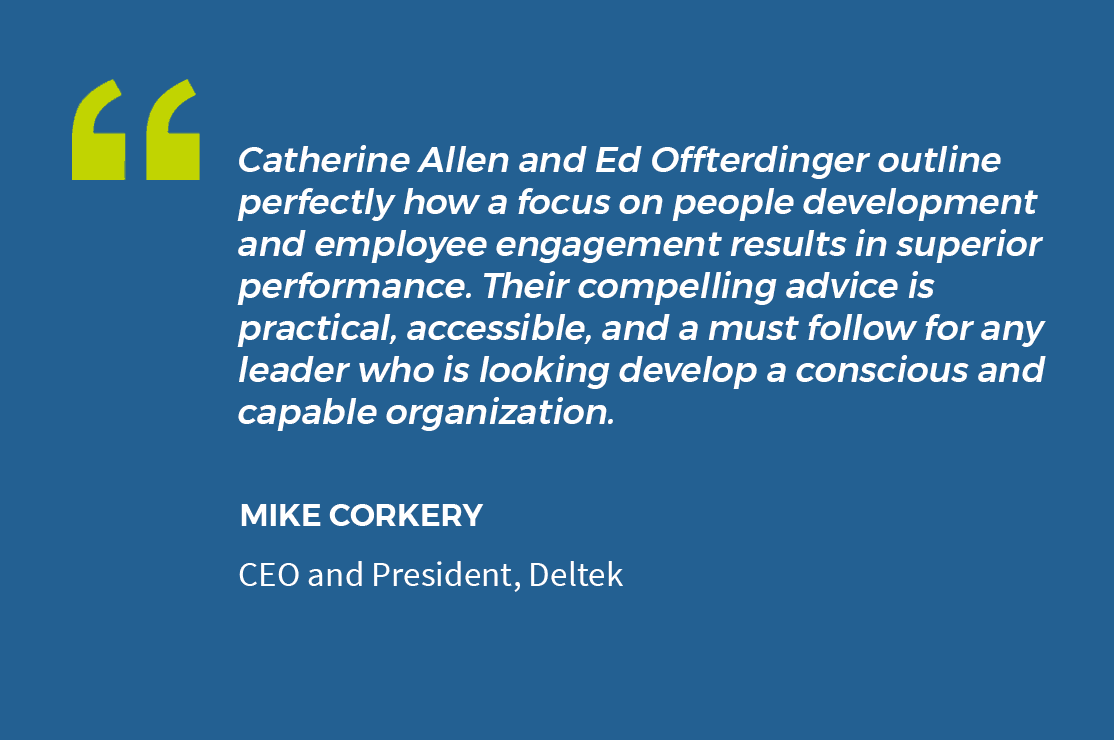- February 10, 2021
- Posted by: aopp-admin
- Categories: Business Strategy, HR Strategy

At AO we are frequently asked about the value of leadership coaching. It’s a question I understand from all sides of the equation because I once asked about it when I was on the verge of becoming a CEO some 20 years ago.
I was contemplating whether the investment was worthwhile for me and the firm. I am so glad I decided it was because I went on to have an outside leadership coach for all the years I led the firm. Frankly, it made all the difference for me. Like all of us, I had strengths and shortcomings. By engaging in regular 360 feedback programs and then working on specific goals with my coach, Dave Maguire, I grew, improved, adapted and learned. Dave was so good at his craft and impacted so many folks like me that I knew for many years that I wanted to do the same type of coaching work for others when I retired. Fortunately, I was able to retire early and get rolling on this path.
I became a leadership coach in 2017 after many years as Managing Partner of Beers & Cutler which later became Baker Tilly. We were an extremely successful, high growth consulting and accounting firm with exceptional clients. We had an amazing people-oriented culture which was often recognized by the Washington Business Journal and other leading organizations. A highlight was our recognition as the Number One Best Place to Work in Washington in 2016. The key to our success was our investment in developing our people. I was a major beneficiary of this development mindset that focused on both technical expertise and what some people call ‘soft skills’ – my partner Catherine Allen and I call them Mind Skills and People Skills.
I truly believe that none of my success as a leader would have been possible without Dave Maguire. Dave had lived a full life when I met him in the late 1990s. He grew up in Chicago and decided that he wanted to be a Carthusian monk, to live a life of solitude, humility and silent prayer. Off he went to France where he stayed for some five years. Dave explained to me his return to the US this way – “There comes a time when each monk must commit to live as a Carthusian for the rest of his life. I realized that I liked to talk, so I headed home!” I always laugh when I remember that story, although I know that it was way more complicated than that. But I can tell you this – he was a great talker. More importantly, he was an exceptional listener.
Dave ended up coaching after a long career in HR. When he got back to Chicago, he got a job in the mail room of Continental Bank. I was always blown away that he figured out how to rise though the ranks to become the head of Human Resources! Following what was then the largest ever bank failure, Dave stayed behind to help the employees find new jobs. This led him to start an outplacement assistance company. For Dave, it was always about helping others.
When I first met Dave, I was about 40. I was beginning to get leadership positions at the firm, but I really didn’t know what leadership truly meant. I had worked for some great people, but I wasn’t sure what my leadership brand should be. Truthfully, I didn’t know myself well enough to be able to figure out how to help others succeed. Dave’s approach was to have me get a bunch of data though 360-degree feedback and other testing, set some achievable stretch goals and then talk. He knew how to ask that one question that would unlock the answer. He was big on getting me to “lean in” to the issue and he loved to remind me to be grateful for the opportunity to lead – especially when I wanted to pull out what was left of my hair.
I mention this so you know that I have realized the benefits of coaching from all sides – personally and through the help I’ve given others in recent years. I’m mentioning this now because many leaders spent the first month of this New Year laying out priorities. As we head deeper into February, now’s the time to start making things happen. If you are wondering if it’s the time to see how leadership coaching can help you do that – here are some benefits to consider:Improved relationships with stakeholders (Board members, direct reports, benefactors, service providers, etc.)
- Strategies to exploit existing strengths
- Improvement on identified leadership weaknesses
- Improved strategic and critical thinking
- Increased self-awareness
- Improved communication skills
- Enhanced executive presence
So what you should look for in a coach? Recently I was asked this question by a Board Chair and it’s a good one because your connection with your coach is critical. There are many ways to look at this question. For me, the following three points are crucial.
- Find someone whose experience as a coach or in a previous career matches where you are in life or where you want to go. If you are a CEO or aspire to be one, find someone who works with CEOs and can help you with a wide variety of topics like strategic planning, communication, creating accountability cultures, people development, working with boards and succession planning. If you aspire to be the head of HR, make sure the coach knows about some or all aspects of the employee life cycle. Hands on experience is desirable but finding a coach who works with HR leaders is just as valuable.
- Training is important. I am a proud graduate of The Leadership Coaching program at Georgetown University’s Institute for Transformational Leadership. But there are many other excellent certification programs out there. Just be sure your coach has credentials.
- Personal chemistry. You don’t need to love your coach, the way I loved Dave. But you do need to like them. You will spend many hours with this person getting into hard issues. Get to know them. Check references. Take your time.
It’s been a heck of a year. I can only imagine what Dave would have taught me in 2020. Sadly, we lost him in 2015 and I miss him every day. I wish you the best for 2021 and if finding a coach is on your to do list, I hope you meet someone like Dave Maguire. Your life will never be the same.
Ed Offterdinger is a former CEO and Managing Partner who served in senior leadership roles for 25 years and is now a leadership coach, strategic advisor and author. His first book, co-authored with his AO co-founder Catherine Allen, is titled ‘‘Conscious, Capable and Ready to Contribute: How Employee Development can become the Highest Form of Social Contribution.” It’s set to publish in 2021 through Conscious Capitalism Press. Connect with him on LinkedIn.

